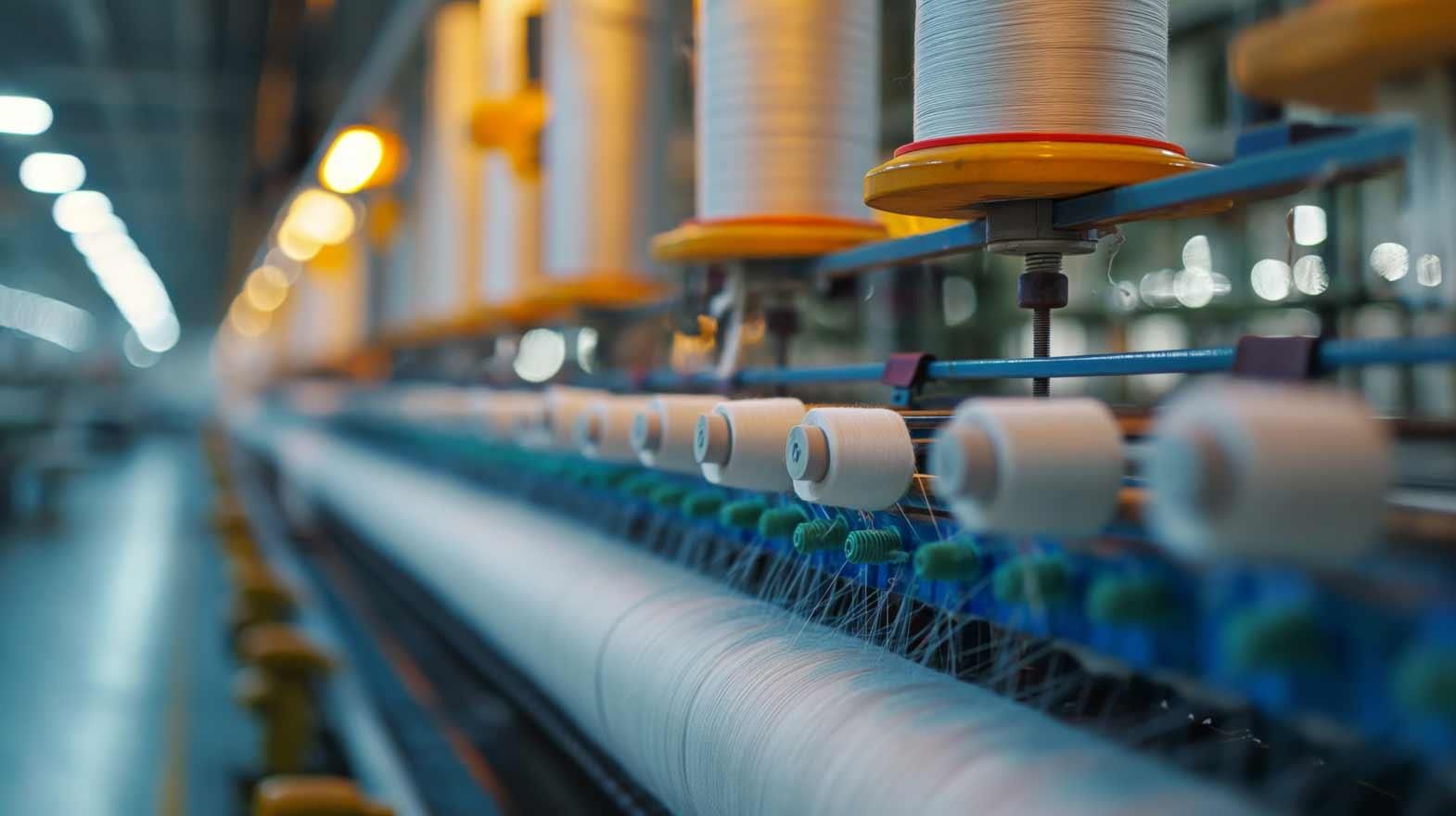Producers and end consumers in today's world are aware of the harmful effects on the ecology of the planet and recognize that petroleum and synthetic products are not inexhaustible. This necessity drove the invention of biotechnology, which incorporates replacing chemical processes with biological ones. Industrial technology or white technology uses living organisms, organic substances, and chemical components of the organisms like enzymes in the production process.
White biotechnology can help achieve sustainability and protect the environment. One area in which industrial biotechnology can aid in developing environmentally friendly applications in the textile industry is wet processing. Enzymes are being used to provide solutions in dyeing processes since ages. The method of removing stains from woven fabrics using enzymatic starch is a well-known example of the use of white biotechnology in textile wet processing. In the 1950s, microbe amylases were used for desizing processes for the first time, which are now commonly used in many textile industries.
Enzymes act as catalysts and exhibit better specificity, stereoselectivity, and can work under mild conditions. There are six basic types of enzymes used in the textile industry, namely Oxidoreductases (which catalyze oxidation or reduce reactions), Transferases (which transfer a functional group), Hydrolases (catalyze the hydrolysis of different bonds), Lyases (which cleave different bonds), Isomerases (isomerizing changes within single molecules), and lastly Ligases (which join two molecules with covalent bonds).
The use of enzymes for bioprocessing has various benefits in contrast to traditional techniques and methods being used in the textile industry. Enzymes lower the activation energy of a reaction to increase the rate of a particular reaction. Because enzymes are like catalysts in a reaction, they always remain intact. They also possess an optimum temperature and optimum pH and hence are easy to control in any given reaction. The biggest advantage of using enzymes is that they are absolutely biodegradable and shun the use of otherwise needed chemicals and toxic substances to perform textile processes. The use of enzymes aids in reducing the consumption of excess water, energy, and also does not cause any pollution.
Cellulases have replaced the otherwise pumice stone using technique of stone washing in denims. Another important application of enzymes in textile processing is in producing anti-pilling finish, which is believed to increase the quality of the fabric. Cellulases are used in processing machines, leading to a synergizing action that reduces fibrils and gives a smooth surface. This technique is also popularly known as bio-polishing and is employed in woven and knitted fabrics all around the globe.
Hydrogen peroxide is increasingly used in textile and garment dyeing and printing especially for bleaching purposes. Removing hydrogen peroxide from the dye bath once the fabrics are bleached is essential, or else the dye shade gets changed and may also lead to uneven dyeing. Conventionally removing the peroxide would require extremely high usage of water and chemicals, but with the use of catalase, an enzyme which breaks the hydrogen peroxide into water and oxygen molecules, thereby saving large amount of water.
White technology solution using enzymes to eliminate unwanted substances in scouring of natural fibres like cotton also are currently being employed in the textile industry. Scouring removes natural impurities like pectins, xylomannans, and waxes. Alakaline pectinase is an enzyme that can work well between cellulose fibrils to remove such impurities. The process of bio-scouring uses less water, energy, and improves the fabric quality due to reduced strength loss. Bleaching processes using glucose oxidase to make hydrogen peroxide and molecular oxygen for the creation of peroxide in situ are also used in fabric processing.
Synthetic fibres such as polyamide (PA), polyethyleneterephthalate (PET), and polyacrylonitrile (PAN) are highly hydrophobic and crystalline, which makes processing and finishing such fibres difficult. Chemicals like sodium hydroxide have been used to increase the affinity towards water and increase flexibility of fibres. However, the chemical process is hard to control and lead to irreversible yellowness in synthetic fibres. Enzymatic processing using lipase increases the water absorbing qualities of such synthetic fibres. Moreover, it also helps in anti-pilling, desizing, and provides resistance to oily stains with PET fabrics.
The future for the use of enzymes in textile industry lies in the area of biotransformation, which is the bio-catalytic transformation of one chemical to another. Innovations in white technology can lead to use of improved enzymes such as amylases, hemicellulases, and cellulases in the textile industry. White technology indeed with efforts and researches can make the textile wet processing techniques sustainable and environment friendly.
References:
1. Textileworld.com
2. Oecotextiles.wordpress.com
3. Ibec.ie








Comments